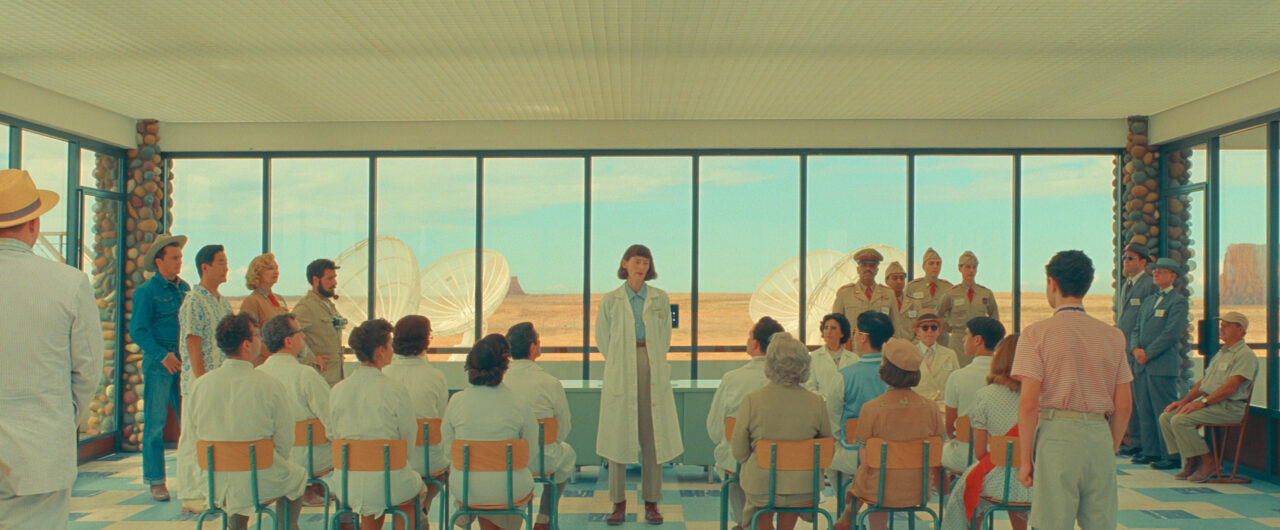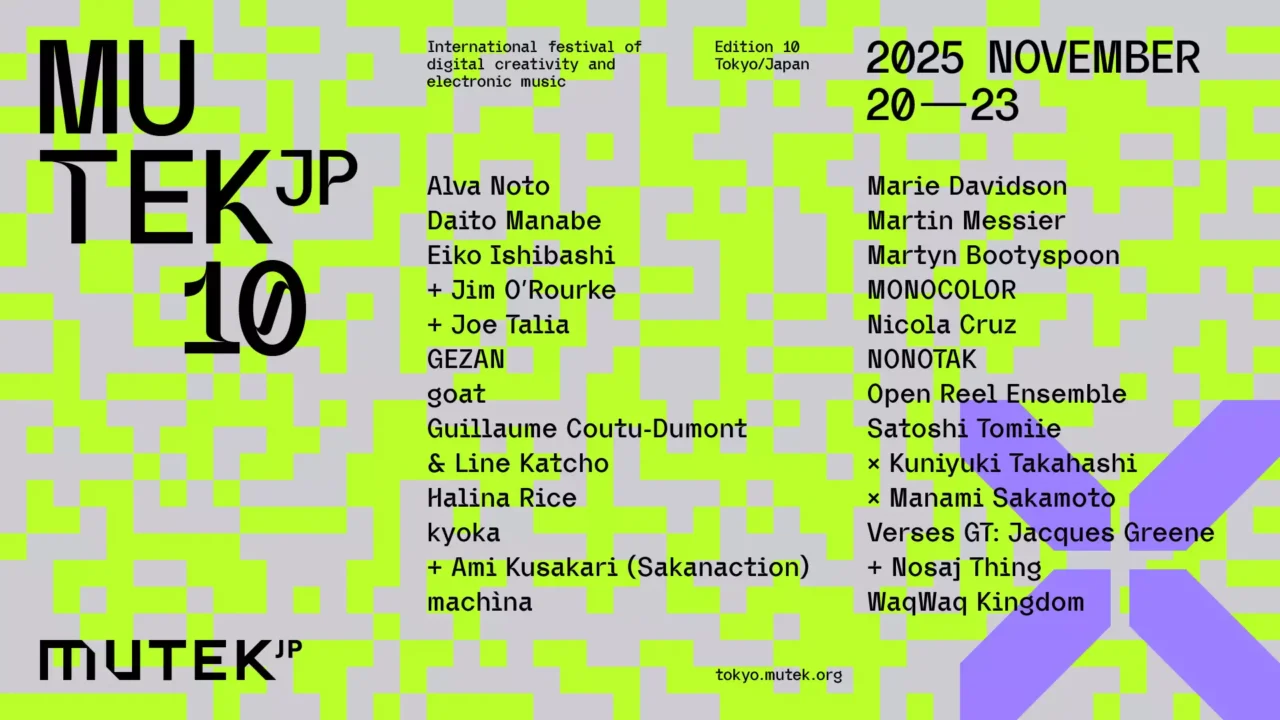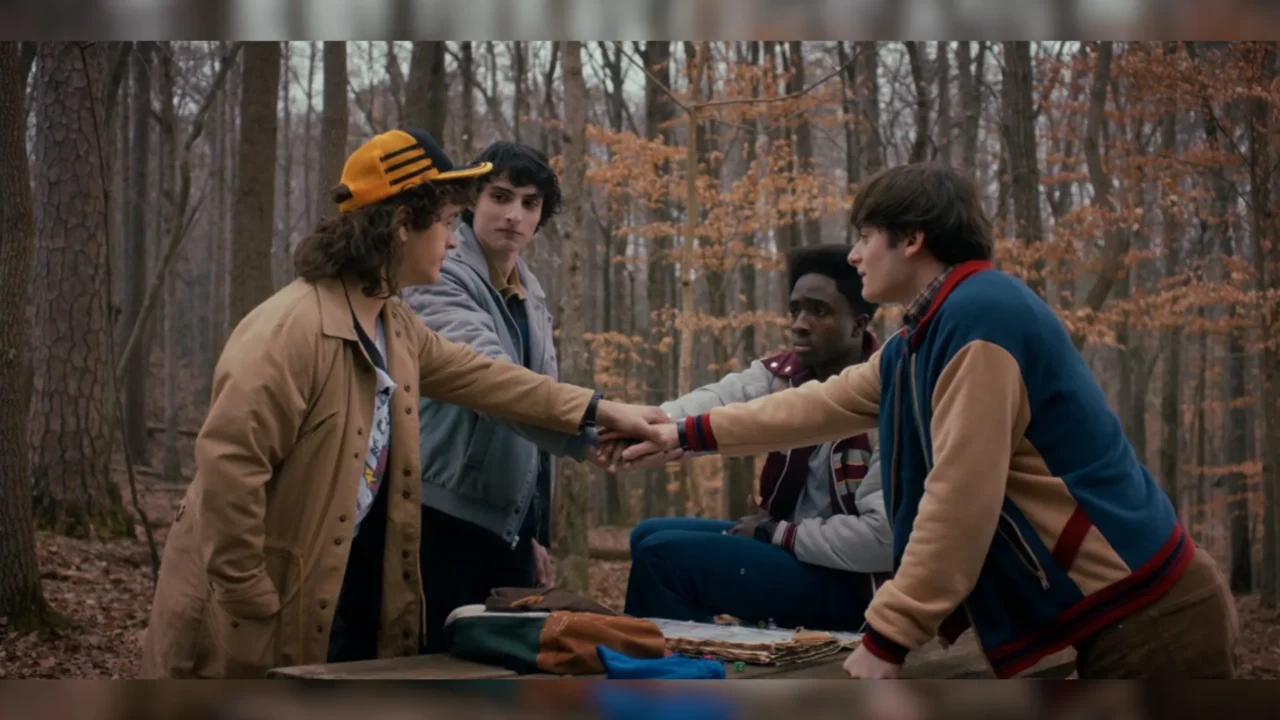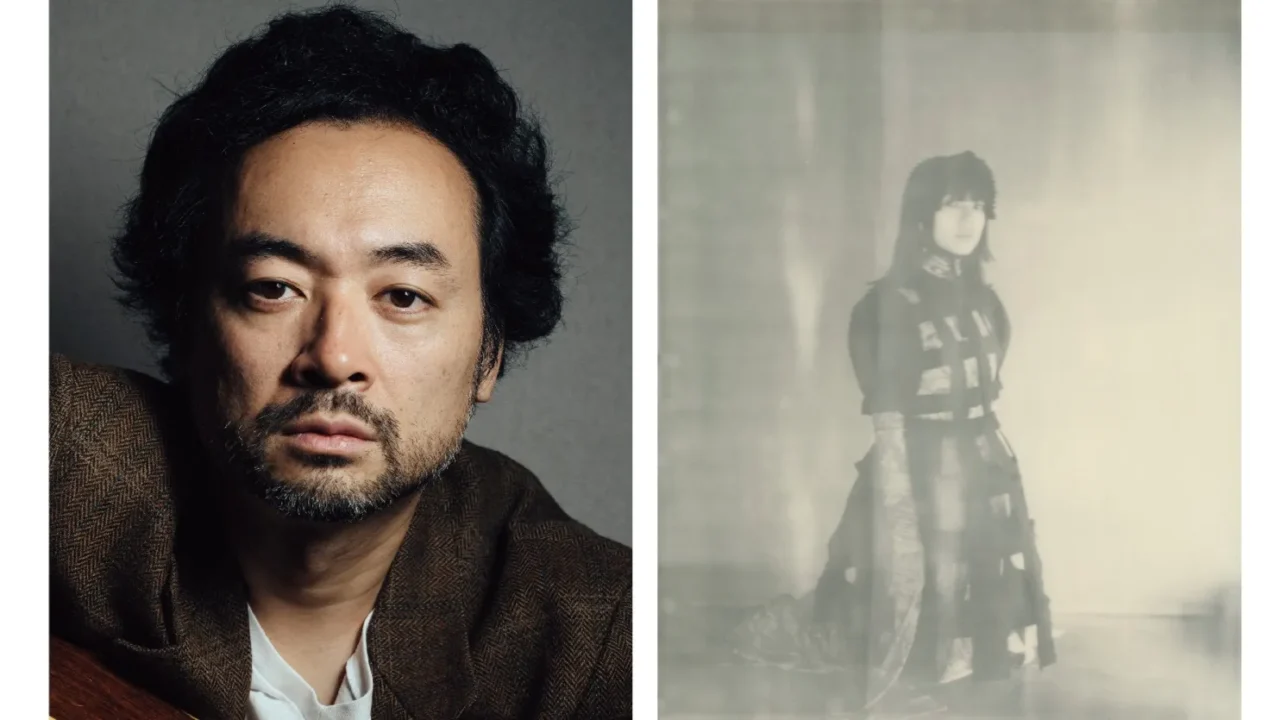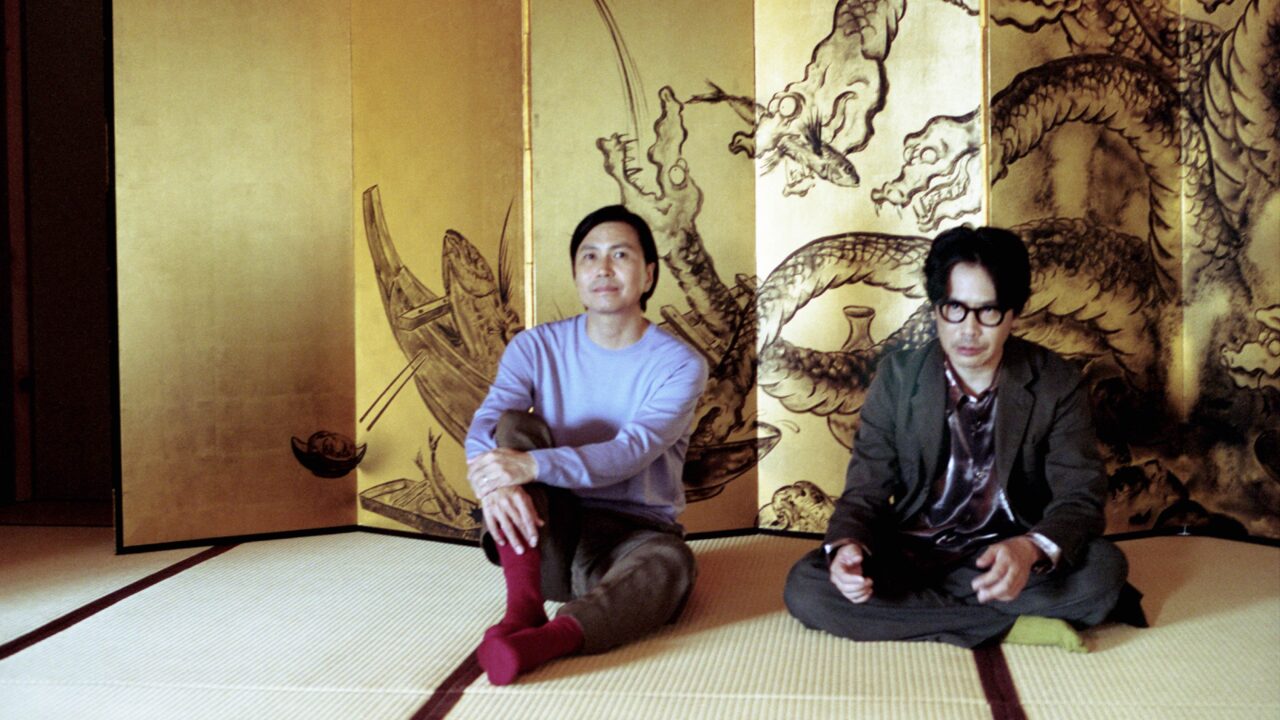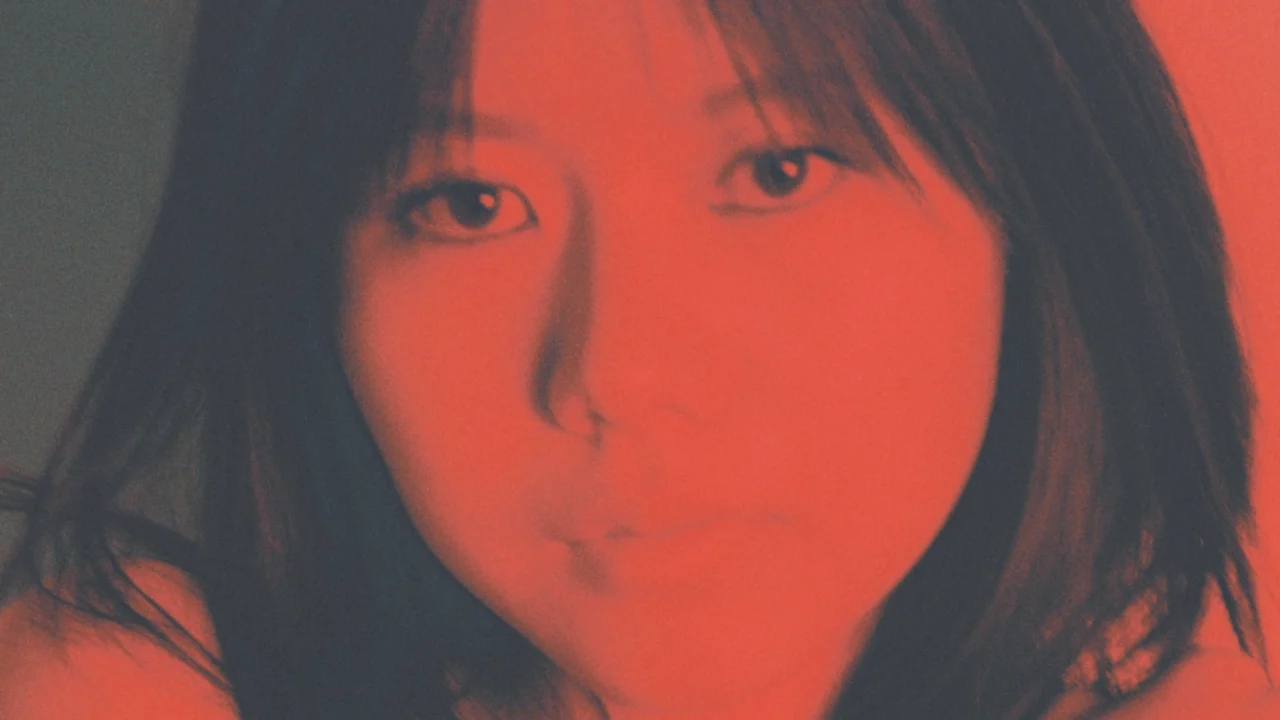INDEX
The mood of 1950s America is strongly reflected
In addition to this meta and fantastical structure, Anderson’s skill is also demonstrated in the way he meticulously incorporates the various historical events of the 1950s era in which the film is set. In the entertainment industry of the 1950s, where the film is set, up-and-coming playwrights/directors/acting teachers such as Tennessee Williams, Elia Kazan, and Lee Strasberg were active, and through the rise of actors’ studios, many actors, including James Dean, Marlon Brando, and even Marilyn Monroe, were involved in the entertainment industry. Marilyn Monroe, and many other stars (who deviated from the existing image of Hollywood actors/actresses) were active in the industry. In this film, these real-life figures are superimposed on each character, and every detail, from the script to the art and costumes, reflects the aesthetic sensibilities of the era.
On the other hand, the United States in the 1950s was a time of great social unrest behind such a spectacular aspect of the country. The Cold War with the Soviet Union that began after World War II and the intensification of the nuclear weapons development race led to the spread of an apocalyptic mood, and the rapid anti-communist movement (the Red Hunt) led to a widespread suspicion and exclusion of people, creating a kind of fanaticism that could even be called a social pathology.

At first glance, “Asteroid City,” with its pastel colors and optimistic cleanliness (as usual in Anderson’s style), is also filled with such a sense of disquiet. It is easy to see such a mood reflected in the motif of the mushroom cloud of routine atomic bomb tests, the detention of civilians by a paranoid military, and the invasion of aliens (under the guise of the real threat of invasion by communist forces) that pervades behind the optimistic and idyllic “space age,” which was colored with longing for the universe. It is easy to find a reflection of this mood in the motif of the alien invasion.
Country music as the BGM for “Asteroid City“
This image of the 1950s as “bright and wholesome at first glance, but with a bleak sense of unease lurking behind it” has persistently stirred behind the glorious official image of the “good old days” and the “golden age of America,” and has been reenacted many times in many subcultures.
In this film, Wes Anderson and Randall Poster succeed in expressing this ambivalent mood not only through images but also through music.
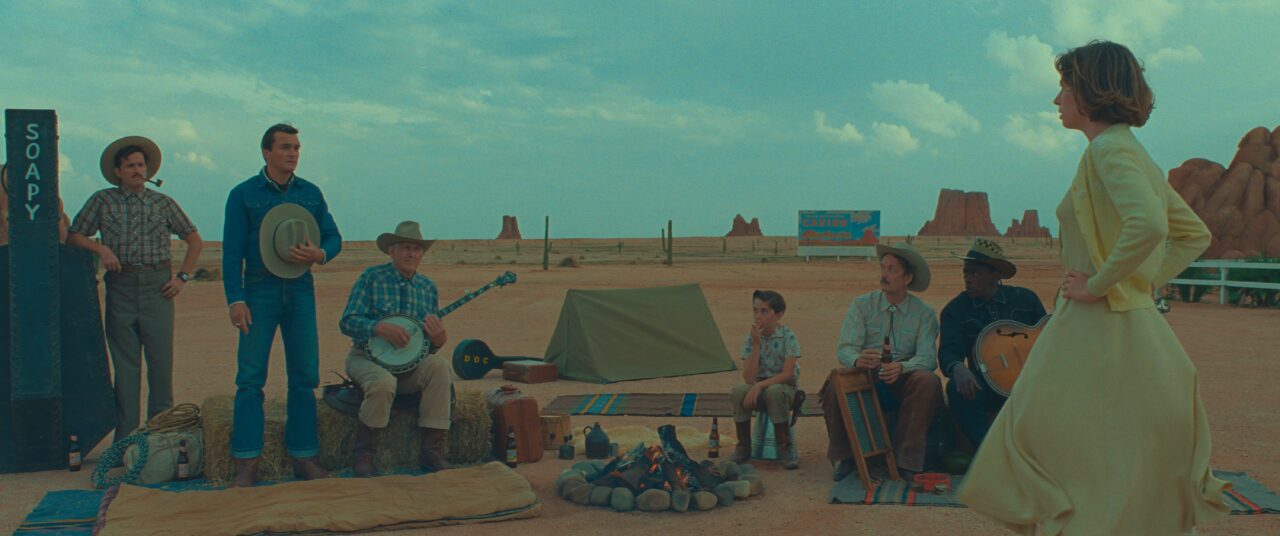
In their previous films, they have searched for music that matches their image before shooting, and it seems that they followed the same method in the making of this film. The music they “collected” for this film is vintage music from the 1940s and 1950s, mainly country music, cowboy songs, hillbilly, bluegrass, etc.
As you can easily tell by listening to the soundtrack, these songs sound (and seem) to have a very long, bright, and wholesome sound to them. The songs by Bob Wills, Bill Monroe, Tex Ritter, and others are played over the loudspeaker (radio?) in a deserted motel. It is peaceful and serene.
But when you realize that one of the models for Asteroid City is Los Alamos, the famous center of the Manhattan Project, it suddenly takes on a different nuance.
